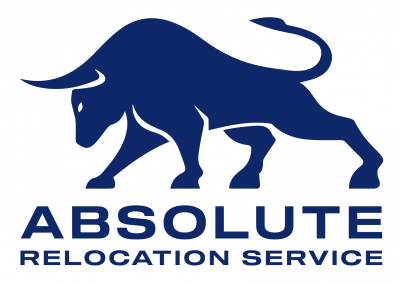An Auto Hauler Service specializes in transporting vehicles from one location to another. This service is often used by car manufacturers, dealerships, and individuals who need to move vehicles over long distances. Here’s a detailed explanation and description of how it works:
Types of Auto Haulers
- Open Carriers: These are the most common and cost-effective option. Vehicles are loaded onto an open trailer, which can carry multiple vehicles at once. While cost-effective, the vehicles are exposed to weather and road conditions.
- Enclosed Carriers: More expensive, these carriers offer protection from the elements and are often used for luxury, classic, or high-value vehicles. Enclosed trailers shield the cars from weather and potential road debris.
Process of Auto Hauling
- Booking and Scheduling: The vehicle owner or dealership contacts an auto hauler service, providing details like vehicle type, pickup, and drop-off locations.
- Vehicle Preparation: The owner prepares the vehicle for transport. This usually involves removing personal items, securing loose parts, and sometimes reducing the fuel level.
- Pickup: The hauler arrives at the designated location to load the vehicle onto the carrier. A thorough inspection is often conducted to note any pre-existing damage.
- Transportation: The vehicle is then transported to the destination. The duration depends on the distance, route, and traffic conditions.
- Delivery: Upon arrival, another inspection is conducted to ensure the vehicle’s condition is unchanged. The vehicle is then unloaded and handed over to the receiver.
Benefits
- Convenience: It saves time and effort compared to driving the vehicle yourself over long distances.
- Safety: Professional hauling reduces wear and tear on the vehicle and eliminates the risk of driving through unfamiliar or long routes.
- Multiple Vehicle Transport: Handy for dealerships or collectors, allowing multiple vehicles to be moved simultaneously.
Considerations
- Insurance: Ensuring the hauler has adequate insurance coverage in case of damage during transport.
- Cost: Varies based on the distance, type of carrier, and the vehicle’s size.
- Timing: Delivery times can vary, and delays are possible due to weather or road conditions.
Auto Hauler Services offers a specialized, secure, and efficient way to transport vehicles, catering to a wide range of needs from individual owners to large-scale automotive businesses.
Office Relocation
Office relocation is a significant undertaking for any business, requiring careful planning and execution to ensure a smooth transition. Here’s a comprehensive content structure that can guide you in writing about office relocation:
Title: Navigating the Challenges of Office Relocation
Introduction
- Briefly introduce the concept of office relocation.
- Mention its relevance in today’s dynamic business world.
- State the aim of the article: to provide a comprehensive guide for a successful office relocation.
Section 1: Planning Your Office Relocation
- Importance of Early Planning: Discuss how advance planning can mitigate potential challenges.
- Setting a Timeline: Guide on creating a realistic timeline, factoring in all critical tasks.
- Budgeting: Tips on how to set and manage the relocation budget.
- Selecting a New Office Space: Criteria to consider (location, size, infrastructure, etc.).
Section 2: Organizing for the Move
- Creating a Moving Committee: The role and importance of having a dedicated team for the move.
- Communication Plan: Strategies for keeping employees, clients, and stakeholders informed.
- Inventory Management: Best practices for inventorying assets and deciding what to move, sell, or discard.
Section 3: The Logistics of Moving
- Choosing a Moving Company: How to select a reliable and experienced mover.
- Packing Strategies: Efficient packing tips for minimizing downtime and damage.
- Technology and Equipment: Special considerations for moving sensitive equipment and setting up IT infrastructure.
Section 4: Legal and Administrative Considerations
- Updating Legal Documents: Address the need to update business addresses on official documents.
- Insurance: The importance of ensuring adequate insurance coverage for the move.
- Compliance Issues: Discuss any legal compliance related to the new location.
Section 5: Setting Up the New Office
- Design and Layout: Creating a functional and comfortable workspace.
- Employee Orientation: Helping employees adjust to the new space.
- Post-Move Evaluation: Assessing the move’s success and addressing any immediate issues.
Conclusion
- Recap the key points.
- Emphasize the positive impacts of a well-executed office relocation.
- Encourage planning and organization as the keys to a successful move.




